Report: No Food, Strange Animals… The Story of “Keewoo Zoo” under Fire
Local Report: Selling "tickets for the future" to raise money for feed The zoo started growing lettuce in the zoo because it could no longer procure lettuce for the turtles The zookeeper who encourages the elephants who were frightened by the air raid alarm

What’s wrong? Don’t you want to eat?”
As Krylo, 49, the director of the park, speaks, a giraffe named Jumbo, an 18-year-old male, peeks out of a small window and takes a bite of a banana offered to him.
Jumbo was not particularly affected by the war. The shed has thick walls, so we don’t hear air raid alarms very well,” he said. But the other animals are …….”
In late April, the “Khiu Zoo” was deserted because it was closed due to the war. It is the largest zoo in Ukraine, with about 200 species and 4,000 animals.
The park was closed on February 24, when the full-scale invasion by Russian troops began. The number of employees was reduced from 350 to 30 for a time due to a succession of evacuations. Even so, the park’s directors continued to care for the animals that had been left behind.
They had more work than they would normally do, and they worked overnights, cutting down on their sleeping hours,” said one of the employees. There were times when the air raid alarm went off in the middle of the night and we wondered why we were still here,” said the director.
The zookeepers continued to take shelter in the basement of the park’s facility, using blankets and layers of clothing to keep out the cold. Missiles flew overhead, and debris from the bombardment fell into the park on one occasion, but no animals were harmed.
The zoo lost revenue from admission fees (120 hryvnia = about 520 yen per person), so it began selling tickets online and used the money to pay for animal feed and other expenses.
We also take care of about 140 animals here, including monkeys, tigers, and pelicans that were evacuated from zoos in areas of heavy fighting,” said the zoo director.
Victoria, 45, a zookeeper who has worked at the Kiew Zoo for 11 years, is in charge of the elephants. When war broke out and she was considering joining the local defense force, which is made up of civilians, the zookeeper told her, “We have a lot of people who can use guns.
There are many people who can use guns, but you are the only one who can communicate with elephants.
Victoria decided against it.
The elephant, named Horace, is a 17-year-old male elephant that was transferred from the Berlin Zoo 10 years ago. Having kept him since then, Victoria has noticed even the slightest change in Horace. When the air raid alarm sounded, they moved around more than usual and became restless. At such times, she snuggles up to them and tells them, “I’m here, so don’t worry,” and “Ukraine is going to win! I’m here, I’m okay,” and “Ukraine is going to win! To be by his side, he began living in the same facility as Horace’s bedroom. The room is about four and a half tatami mats. Victoria’s son, 14, lived there with her for a month.
There are showers and toilets, so it is not such a bad environment. But my son was a little stressed because he was not used to living there, so I bought him a brand-new laptop computer. You were taking your school classes online from your room.”
Valeria, 23, who witnessed the birth of 16 goats in the middle of a war zone, divulged, “The birth was fine.
The births were uneventful, but the dung was difficult to dispose of. Due to the war, the number of times the goat disposal company came to collect the goats was dramatically reduced, so there was a lot more feces to clean up than usual.
Boradimir, 48, who is in charge of the engineering department, began growing lettuce, the food for the turtles, in the garden because the war made it difficult to procure it. When he was shown into the room, lettuce was growing lushly under fluorescent lights.
Apples and bananas can be stored for a long time, but lettuce goes bad quickly. So we had to grow our own.”
In order to protect the lives of the animals, the zookeepers struggled in an environment that was fraught with danger. On May 12, two and a half months after the park was closed, operations resumed. The director expressed his relief.
The visitor rate is currently at 70% of what it was before the war, but we’re finally getting there.
The daily life in Khiu has begun to return.
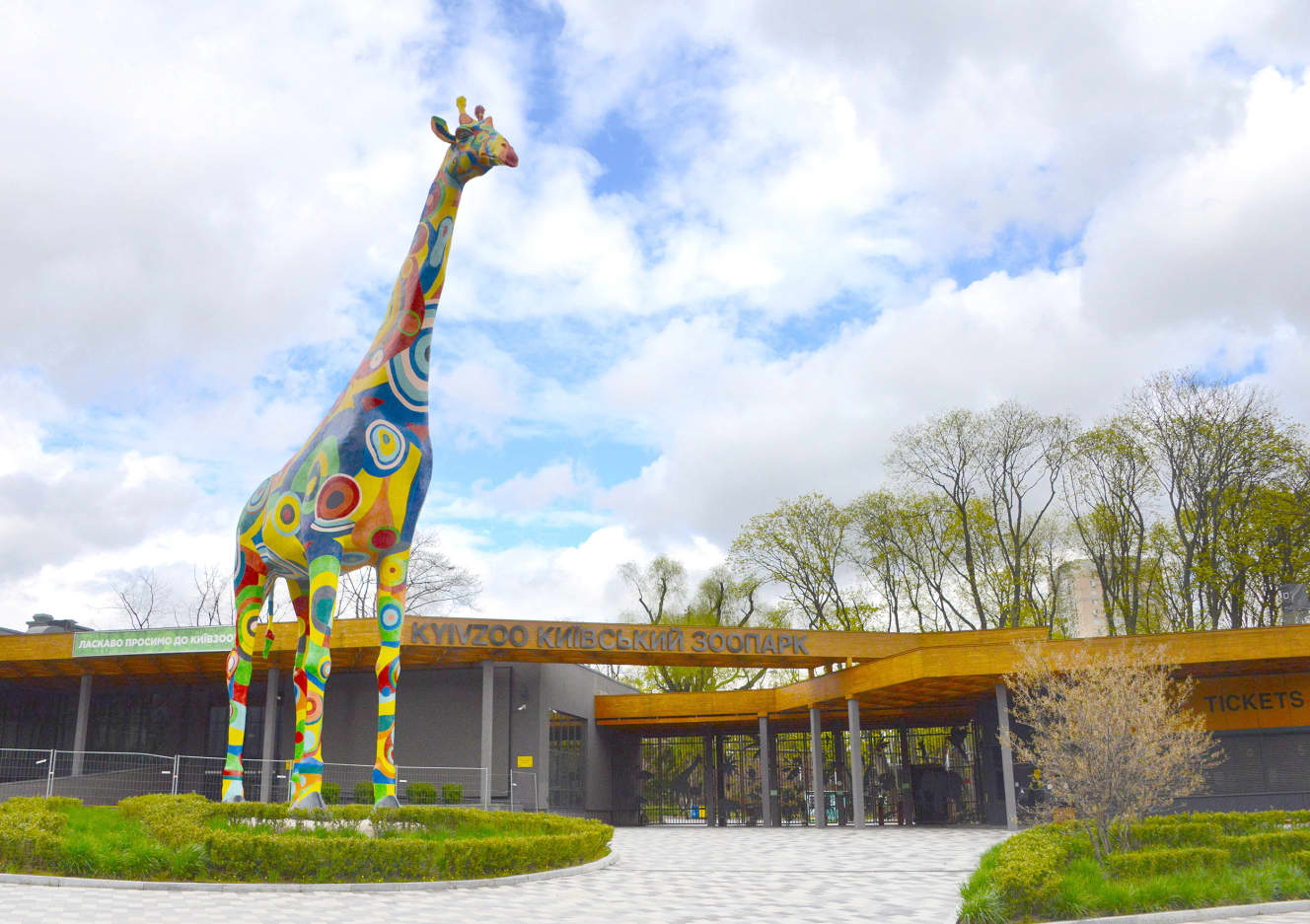
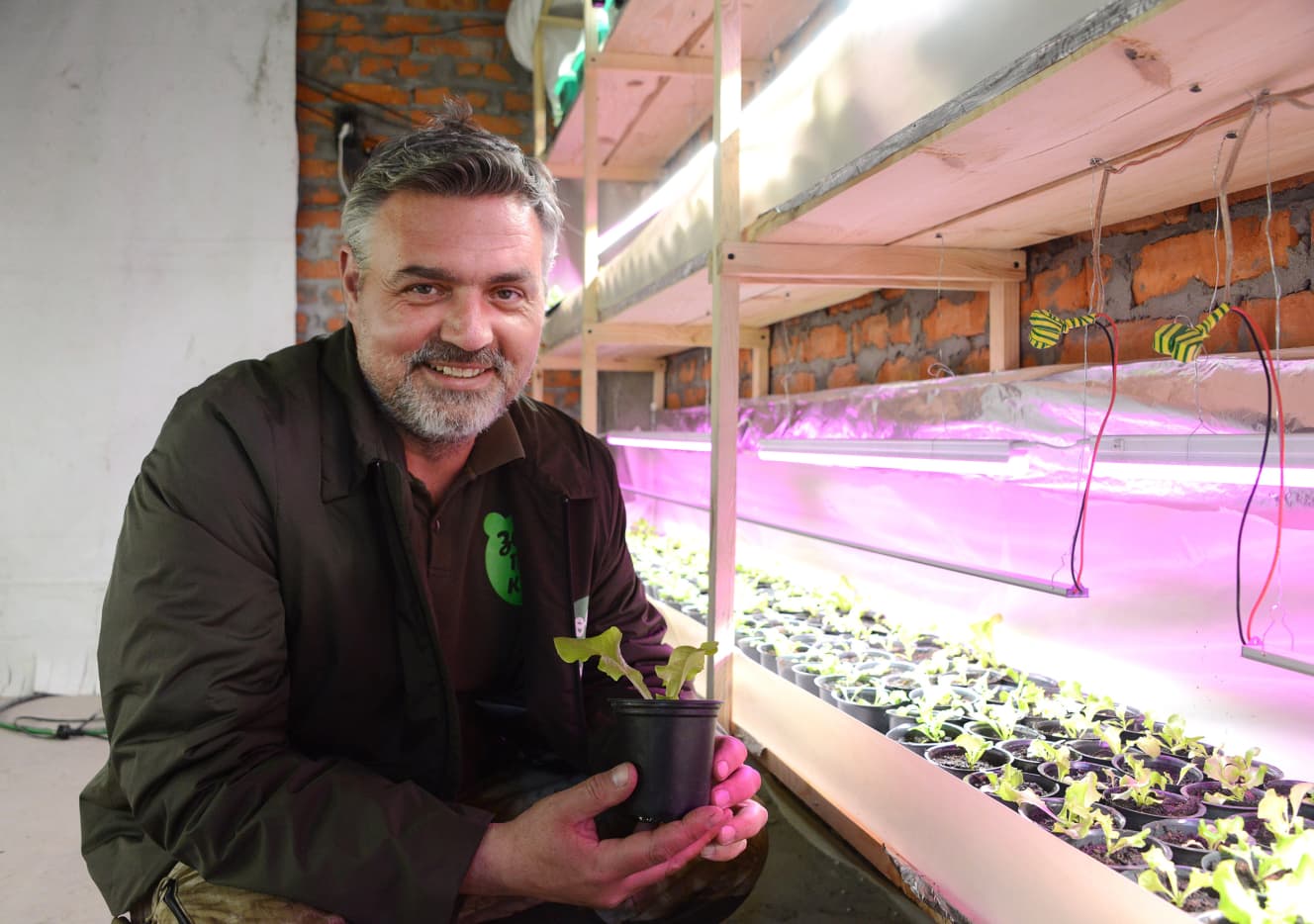
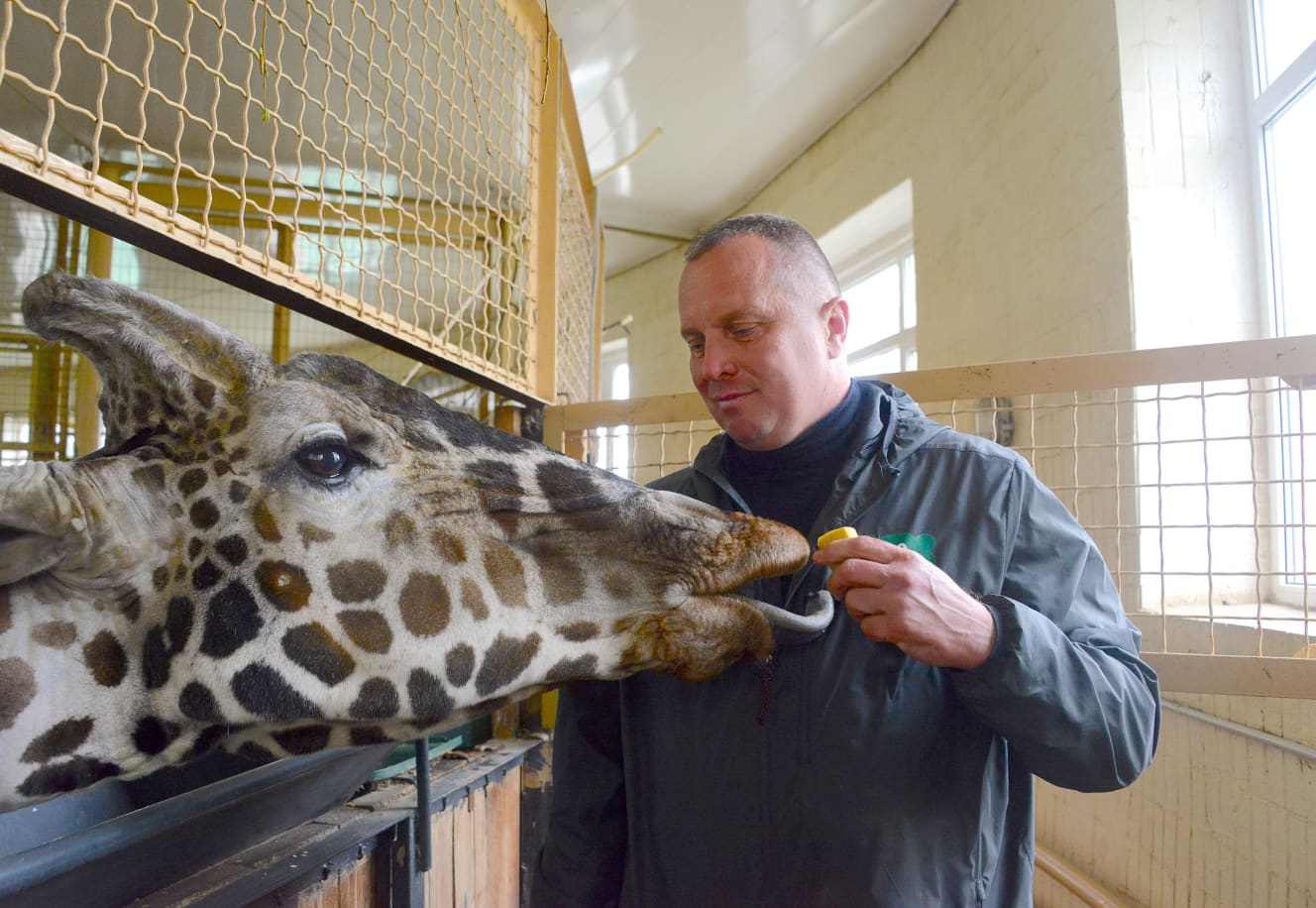
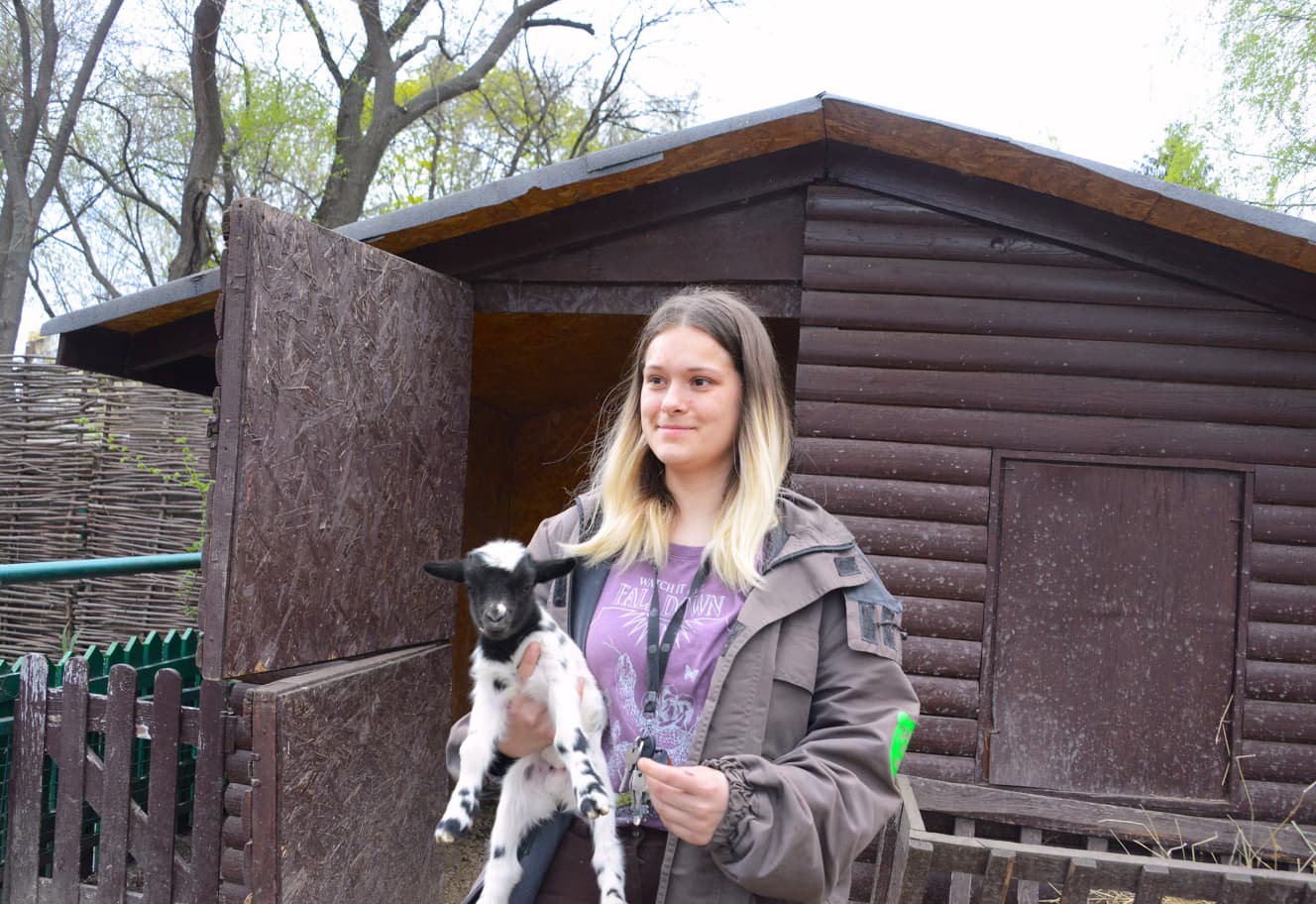
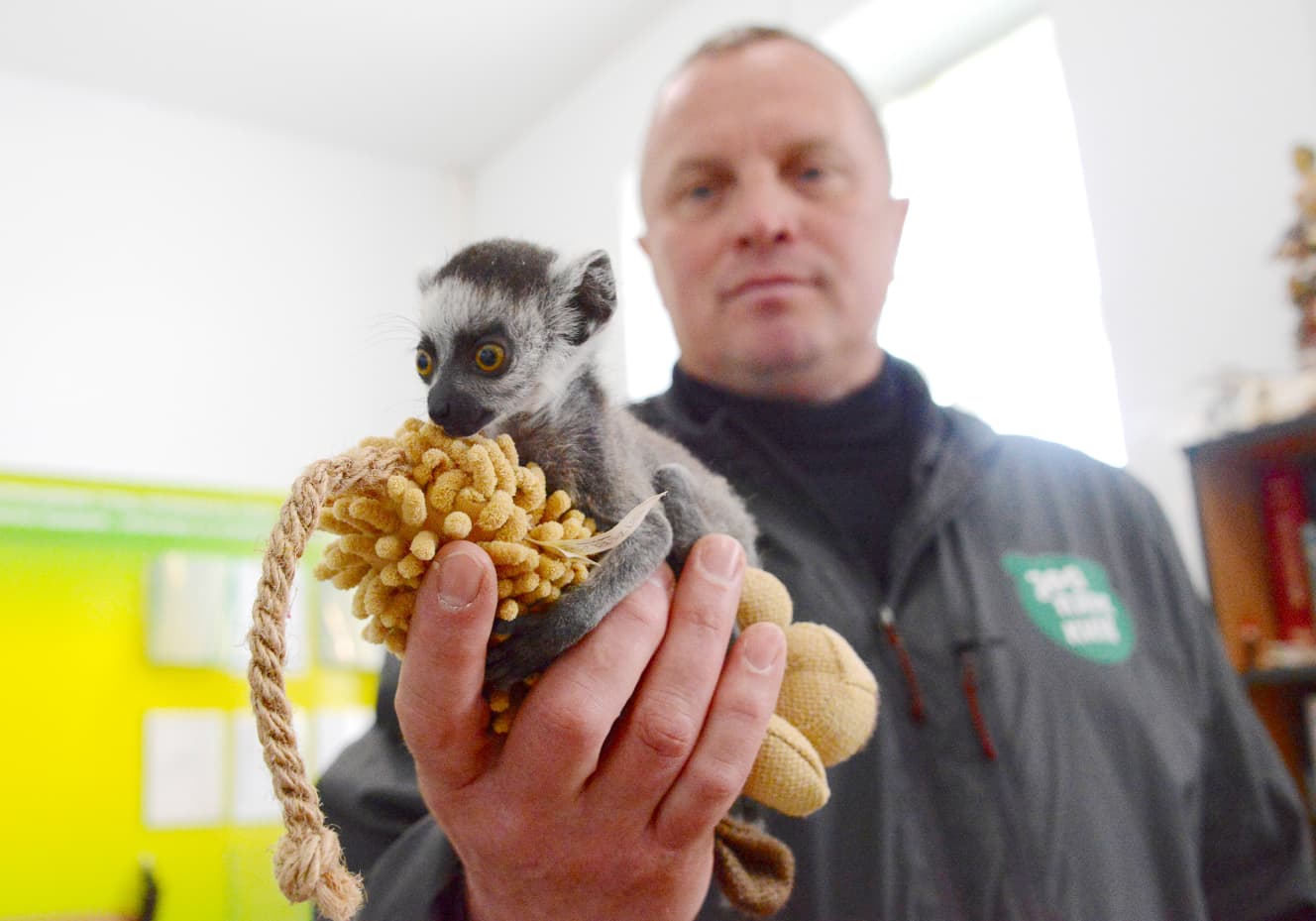
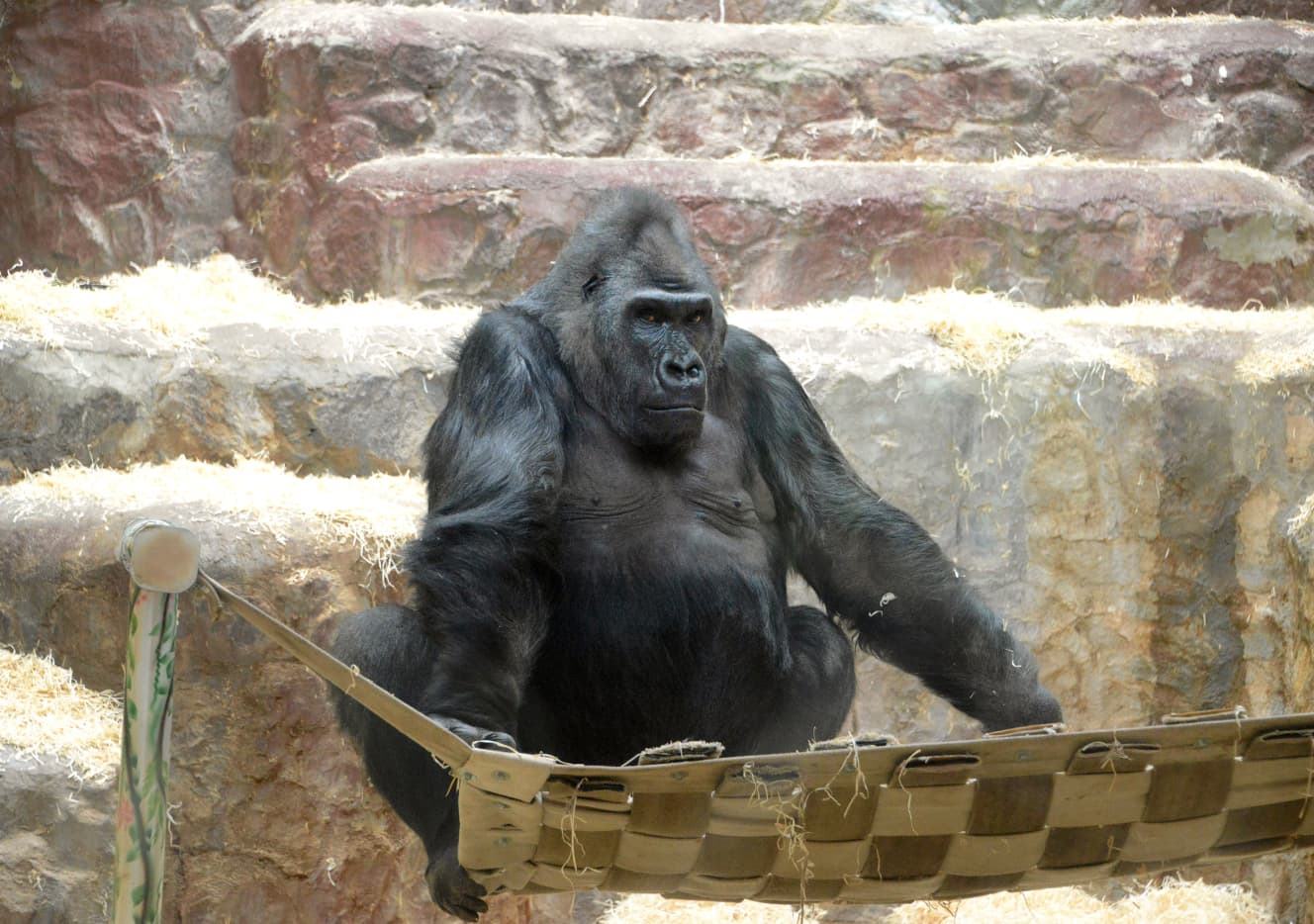

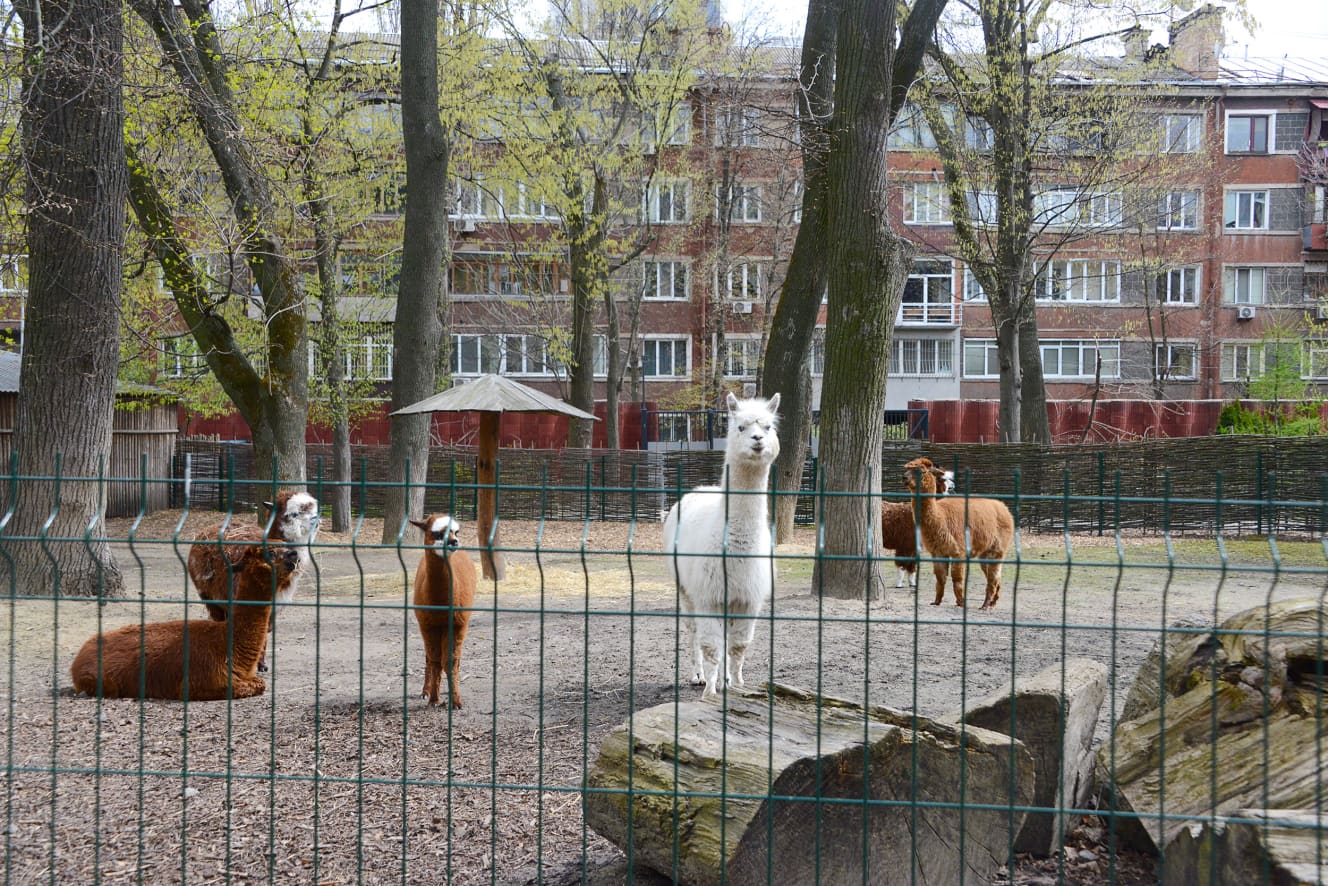
From the June 10, 2022 issue of FRIDAY
Photographs and text: Takehide Mizutani
Nonfiction writer